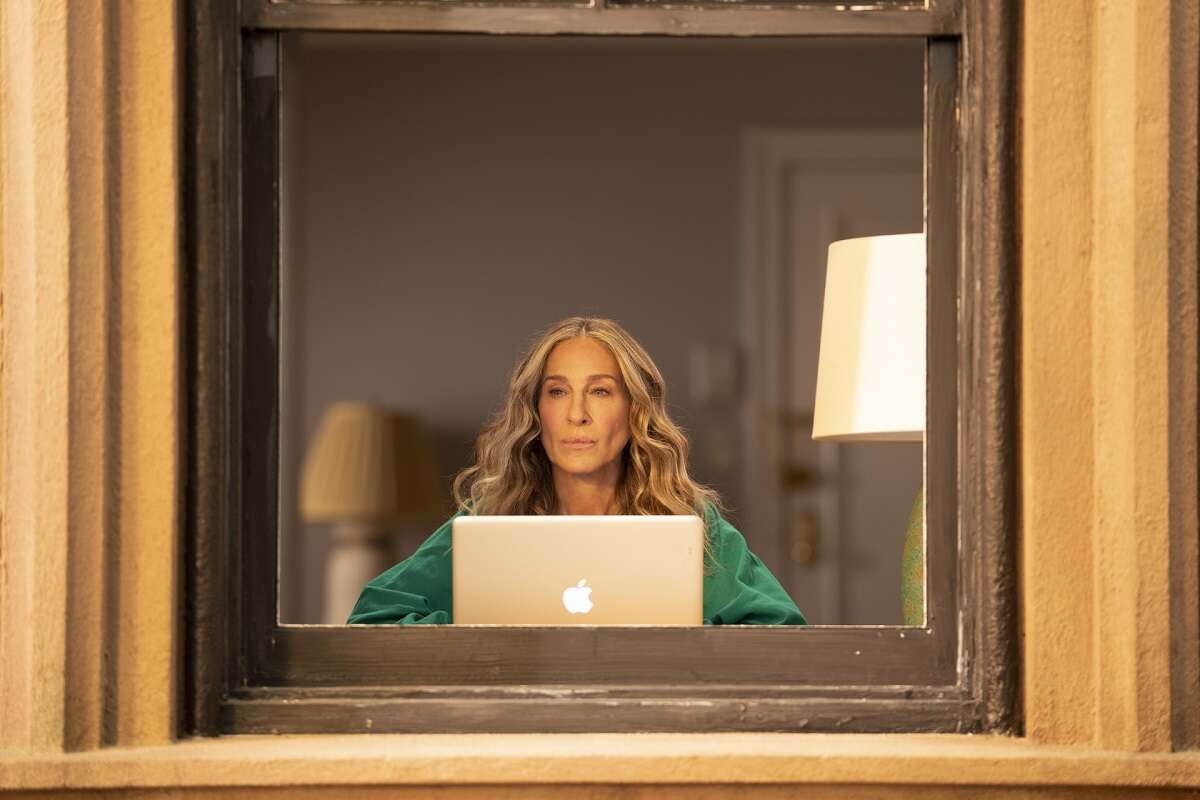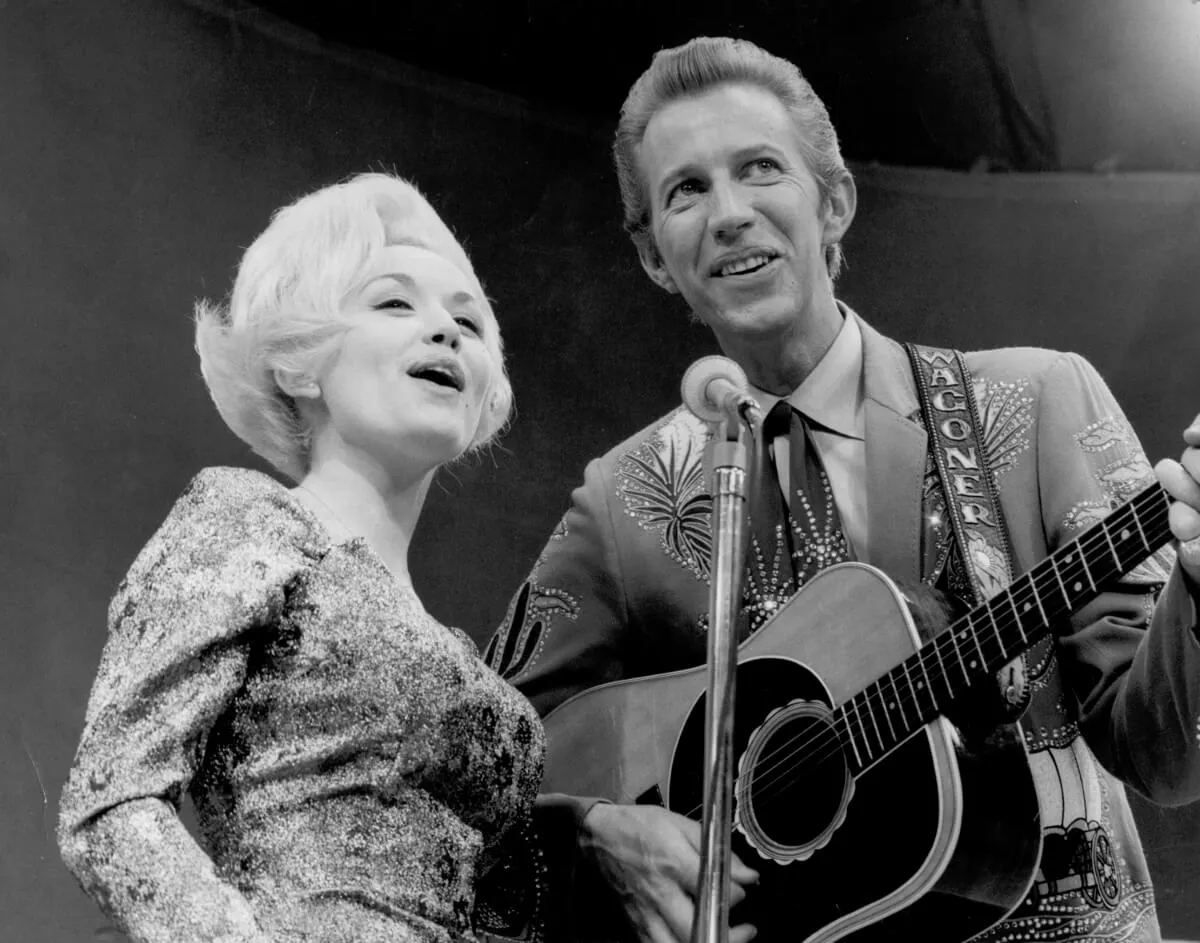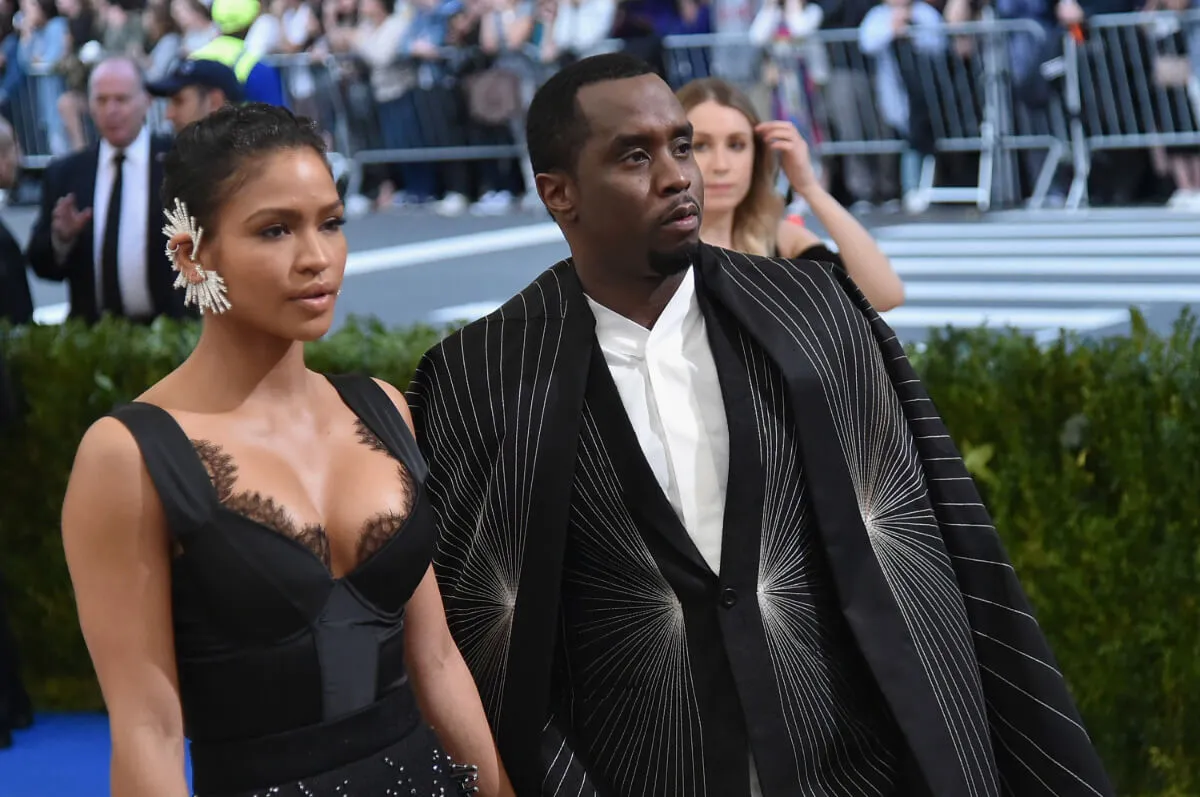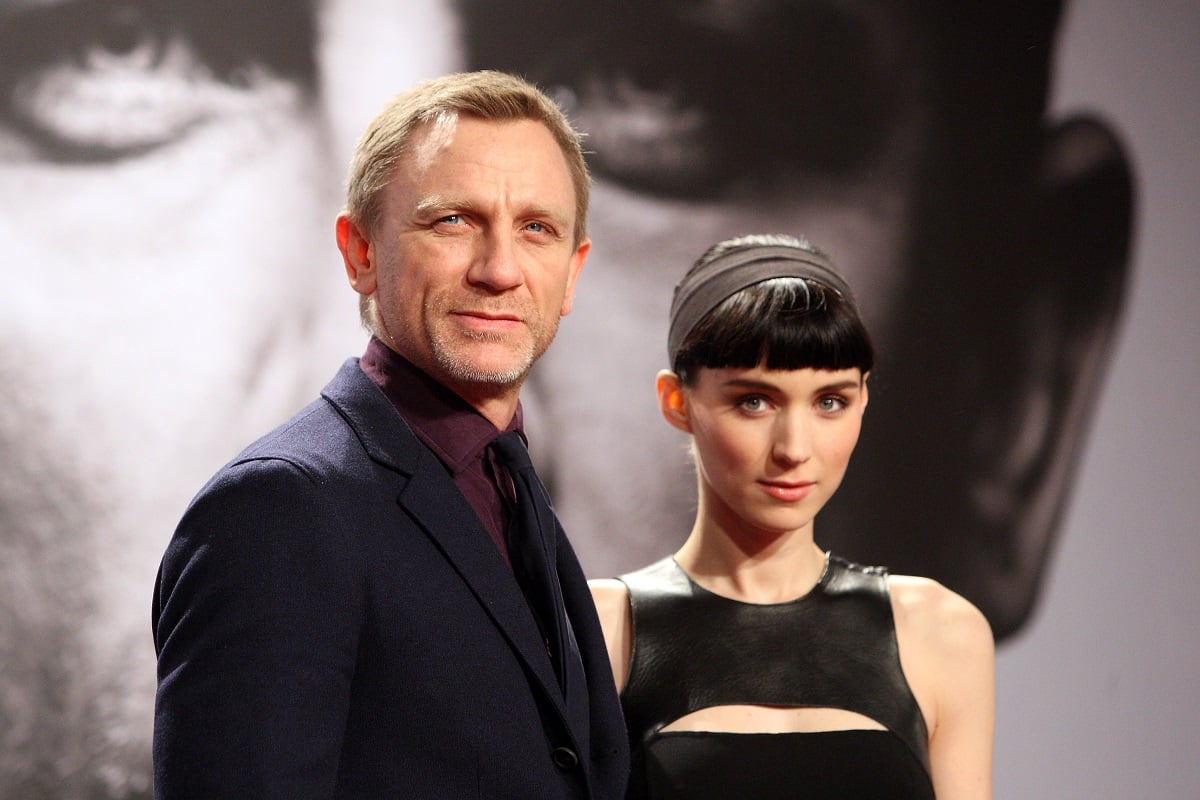
‘The Girl With the Dragon Tattoo’ Sequel Flopped After Dropping Rooney Mara and Daniel Craig
The American adaptation of The Girl With the Dragon Tattoo was a critically acclaimed film starring popular movie stars that made a lot of money at the box office. So why did the sequel not include any of those people and come out nearly a decade later? Like many stories in modern Hollywood, it is a story about the tension between capitalist executives and artistically-minded filmmakers.
‘The Girl With the Dragon Tattoo’ was a hit starring Rooney Mara and Daniel Craig
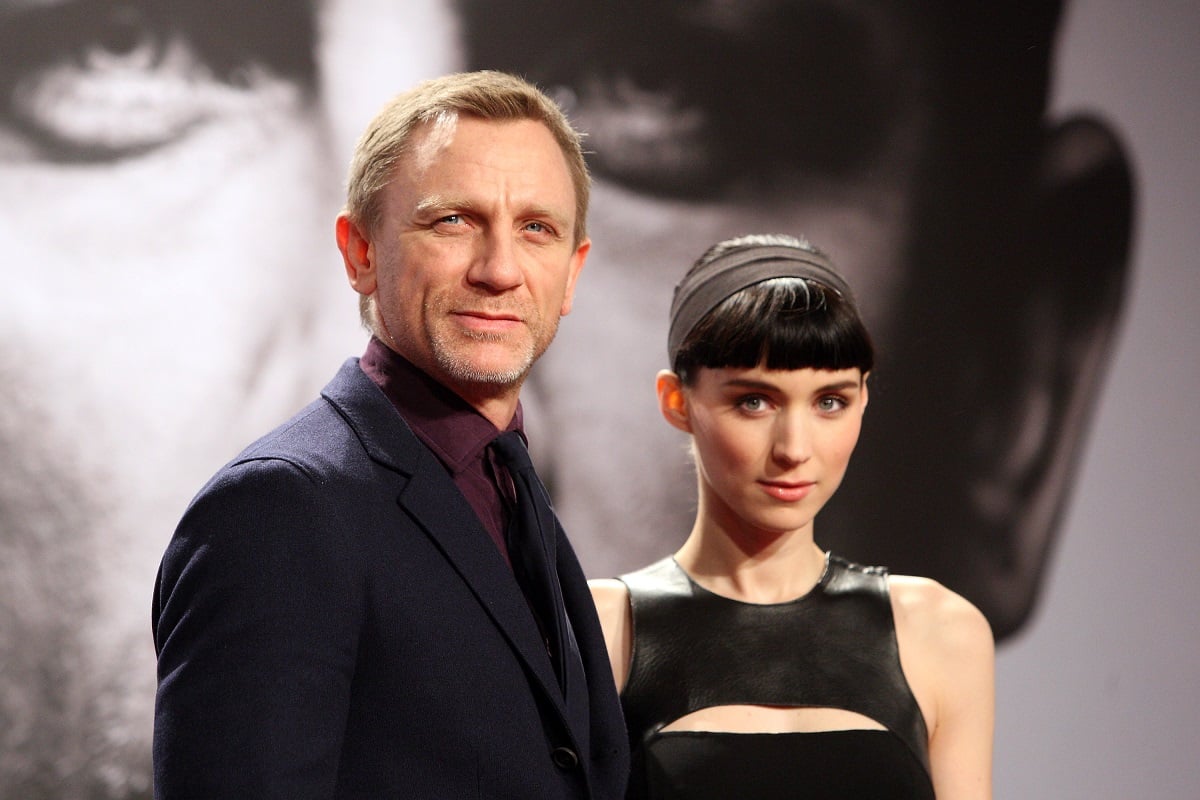
The Girl With the Dragon Tattoo follows disgraced journalist Mikael Blomkvist (Daniel Craig) and introverted hacker Lisbeth Salander (Rooney Mara), who investigate a mysterious disappearance. The revelations they discover reveal a dark world full of abuse.
Efforts to bring Stieg Larsson’s novels to the big screen started fast. The Millennium series was first adapted in Sweden in 2009. The 2011 American remake had all the hallmarks of a blockbuster. David Fincher directed the movie fresh off the success of The Social Network. And in addition to the stunning cast, Nine Inch Nails’ Trent Reznor and Atticus Ross scored the flick.
Fincher is known for his precisely designed films about the darkest impulses of humanity. And his version of Dragon Tattoo certainly follows that tradition. But for all the horrific details of the plot, the movie has a perverse sense of humor. And the love story between Mikael and Lisbeth is genuinely affecting enough to sell the subtle heartbreak.
The U.S. Dragon Tattoo was widely praised by critics and earned five Oscar nominations, winning one in the Best Film Editing category. It also made $239 million on a $90 million budget, according to Box Office Mojo.
Plans for a Fincher-directed ‘The Girl With the Dragon Tattoo’ sequel fell through due to financial concerns
Given its success, why would executives want to change anything when continuing with the the Millennium trilogy? Fincher spoke to Collider in 2011 about wanting to shoot the next two movies back to back, and Craig and Mara were signed on the sequels as part of their contracts. But attempts to make the movies on Fincher’s terms slowly but surely collapsed.
Sony Pictures, the studio bankrolling the films, actually considered the movie to be a financial disappointment. So they would only greenlight another movie in the series if the principal filmmakers agreed to a much lower budget. That didn’t happen, and so the would-be franchise fell apart at the first hurdle.
Sony knew well enough not to attempt to make The Girl Who Played With Fire immediately without Fincher, Craig, or Mara. But they did bring the franchise back with a new cast and director in 2018.
The franchise is all but dead after ‘The Girl in the Spider’s Web’ flopped
David Lagercrantz wrote a second trilogy building off the Millennium series written by Larsson — The Girl in the Spider’s Web, The Girl Who Takes an Eye for an Eye, and The Girl Who Lived Twice. Lagercrantz’s first book is where the film picked up.
The Girl in the Spider’s Web adaptation was directed by Fede Alvarez of Don’t Breathe fame and starred Claire Foy as the new Lisbeth. Sverrir Gudnason plays Mikael, but he has a much smaller role in this story. The rest of the cast includes Lakeith Stanfield, Vicky Krieps, and Claes Bang. All of these people are very talented and acclaimed in their own right. But this attempt at a reboot did not succeed on any level.
The movie has a 38% rating on Rotten Tomatoes (The Girl With the Dragon Tattoo sits at 86%) and only made $35 million on a $43 million budget. In the meantime, Fincher moved on and went to work with Netflix to maintain creative control on his projects.
